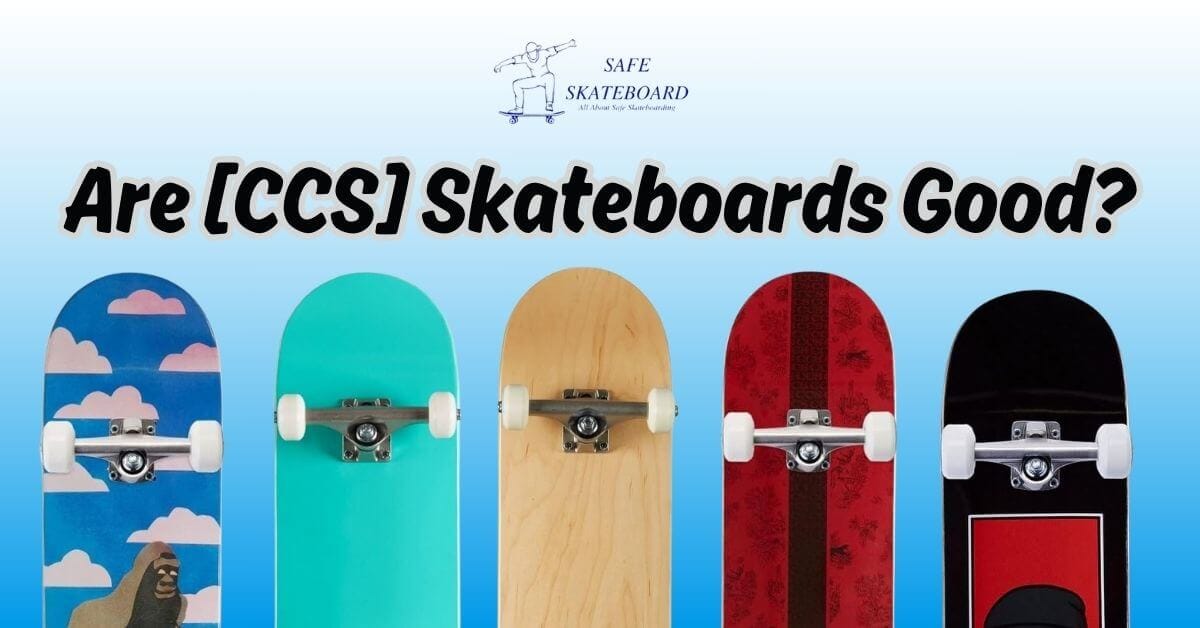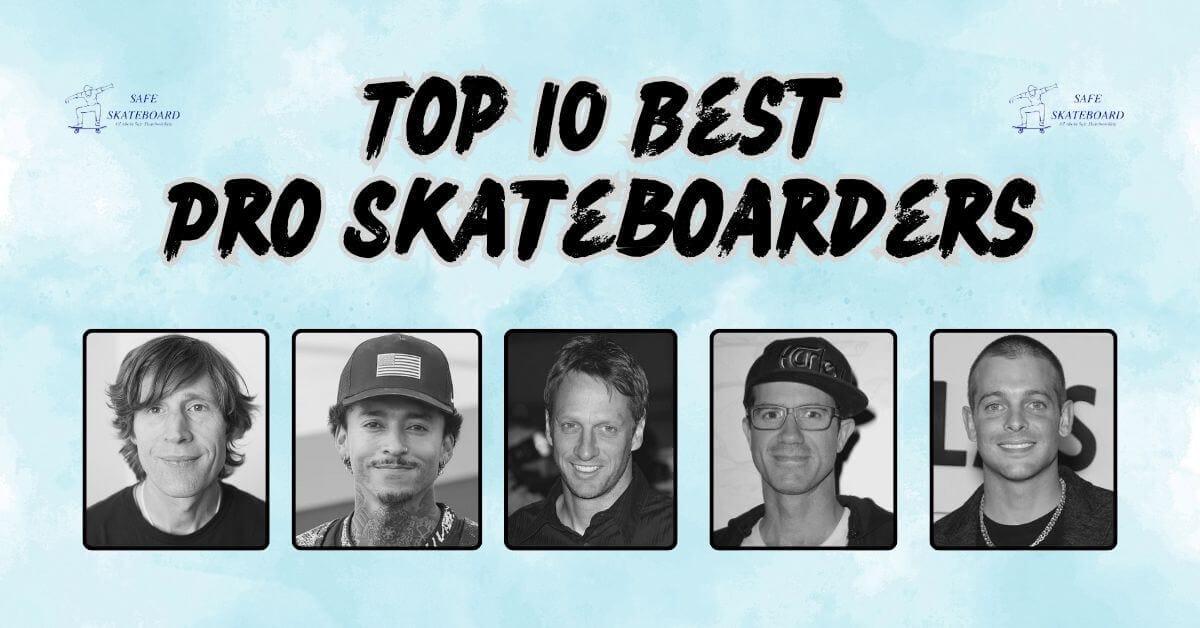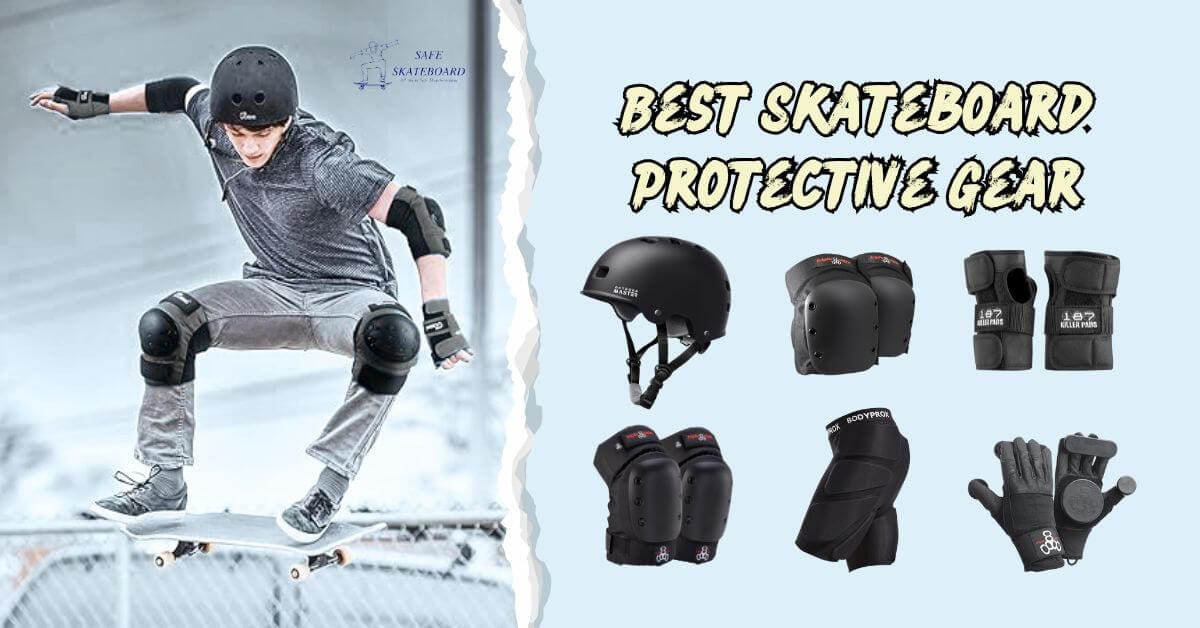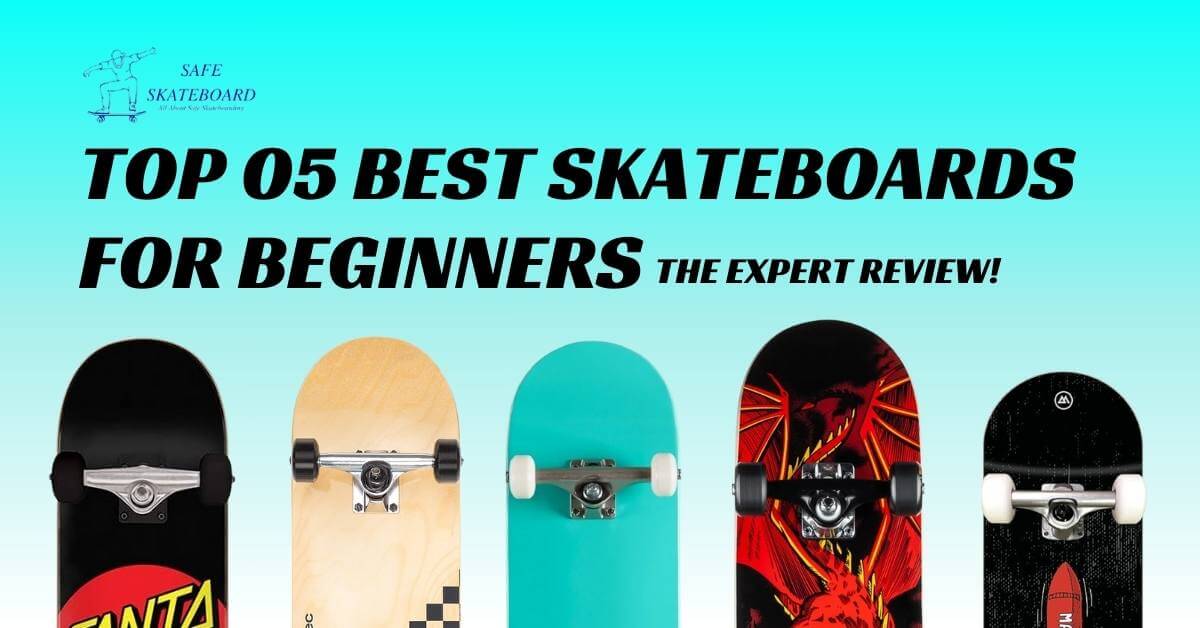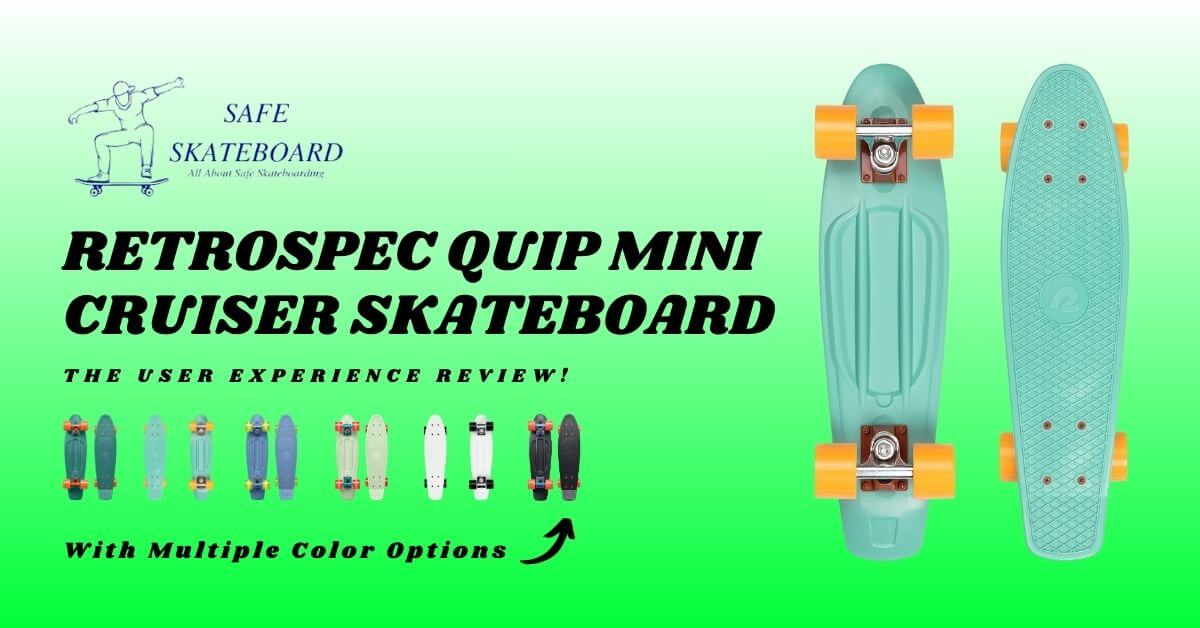Skateboarding is an exhilarating sport that offers a unique sense of freedom and creativity. Whether you’re a complete beginner or looking to brush up on your skills, learning the basics of skateboarding is essential.
In this guide, I’ll explore everything from finding the perfect board to mastering fundamental techniques like pushing, turning, and stopping. A guide on learning the basics of skateboarding will make it easier to learn.
So, get ready to hit the pavement with confidence and embark on an exciting journey of self-expression and adrenaline-pumping tricks.
Grab your board, tighten your trucks, and let’s dive into the world of skateboarding!
How To Learn The Basics Of Skateboarding For Beginners
Skateboarding is a great way to have fun and stay active, but it can be intimidating for beginners. Thankfully, plenty of online resources provide beginner skateboarders with the basics they need to get started.

A Guide to Learning the Basics of Skateboarding can help first-time riders learn how to find their balance, understand skateboard safety, and practice basic tricks like ollies and kickflips.
With some dedication and guidance from this guide or other experienced skaters, you’ll soon be ready to take your skills out onto the streets!
How Do You Learn to Skateboard at Home for Beginners
Skateboarding at home is a great way for beginners to get started. Here are some tips to help you out:
Learning the basics of skateboarding step-by-step:
Break down all movements into smaller parts. So they’re easier to learn, then slowly put them together until you master each one. Keep holding on to your patience, and never lose hope.
1. Wear the right gear
Make sure you wear essential protective gear & outfits, and a quality board before beginning.
2. Find Your Stance
Before you start rolling, find out which foot feels best in front. Stand on the skateboard and test it out. If your left foot goes forward, you’re “regular.” If your right foot leads, you’re “goofy.” There’s no right or wrong, just what feels natural.
3. Learn to Balance
Balance is everything in skateboarding. Start by placing your board on grass or carpet so it won’t move. Stand with your feet shoulder-width apart. Keep your knees slightly bent and your weight centered. Stay relaxed, and stiff legs make balancing harder.
4. Practice Pushing Off
Now it’s time to push on your skateboard! Put your front foot near the front bolts. Use your back foot to push off gently.

Once you get rolling, place your back foot on the board. Keep your knees loose and your body steady. Start slow, then build confidence as you go!
How To Stop On A Skateboard
Stopping on a skateboard can be tricky, but it’s easy to learn with practice. To stop safely, you should push down and back on the tail of your board while leaning into the turn. This will cause the wheels to skid and slow down the skateboard gradually.
You can also use your shoulders and front foot to turn backward, turning the board away from the direction of travel. Your heel and tail will bring you to a stop.
You may also want to practice using a foot brake by applying pressure with one foot while keeping your other foot planted firmly on the grip tape. With enough practice, you’ll soon master stopping safely and confidently every time.
How To Turn On A Skateboard
Turning on a skateboard is an important skill to master to take your skating to the next level.
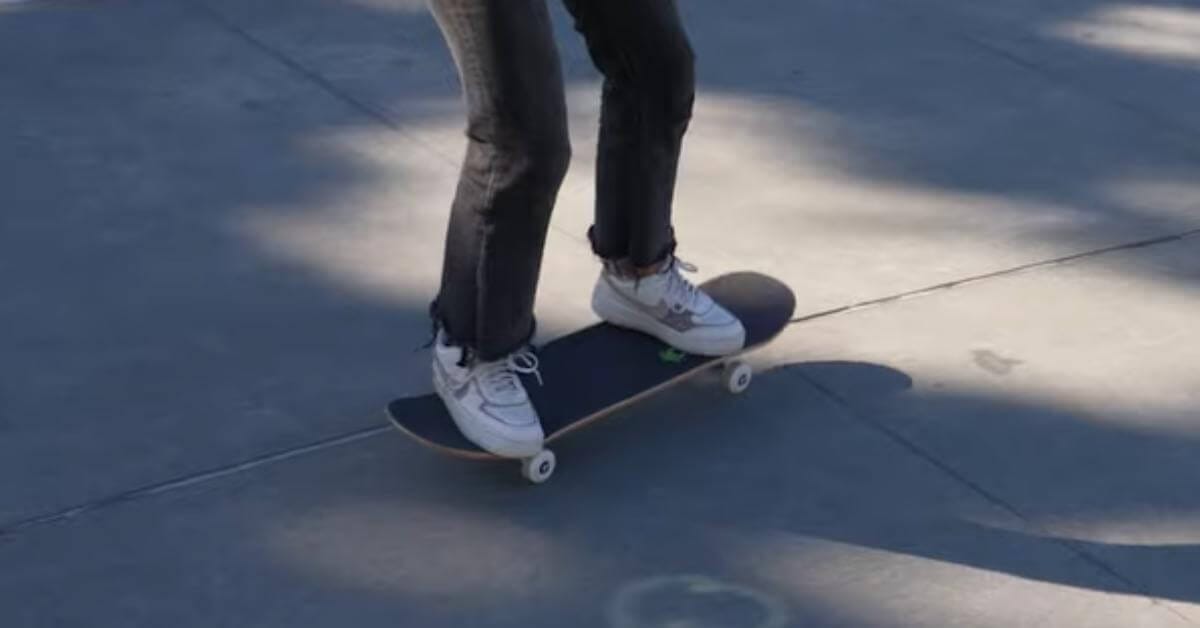
To start, place your front foot at the bottom of the board and push with your back foot. This will begin to turn the wheels in one direction.
Keep pushing until you reach your desired speed, and then use your feet or weight shifts to steer in whatever direction you wish to go!
How To Learn The Basics Of Skateboarding For Beginner Kids
Skateboarding for kids is an exciting and rewarding activity that can help them stay active, develop new skills, and make friends. It also helps to grow a variety of muscles for the riders. This game will help your kid’s body build core strength.
Skateboarding is also a screen-free outdoor game that will provide you with fresh air, exercise, sunshine, and vitamin D for your body. Before getting started, it’s important to make sure you have the right safety gear, like a helmet, knee pads, and elbow pads.
It’s also a good idea to find a spot with smooth pavement or flat ground so they can practice without any major obstacles or hazards.
Once they are comfortable on their board and understand how to control it, they can start learning basic tricks such as pushing off with one foot, turning around in circles, or doing simple jumps over objects.
With time and practice, your child will be able to master more advanced tricks like Ollie’s.
How to Roller Skate for Beginners | Basics Of Roller Skateboarding
Roller skating is becoming very popular nowadays. It’s fast and adventurous to ride. It saves time and gives you amusement at the same time. Roller skating is a great way to have fun and get some exercise.
Beginners can follow a guide on learning the basics of roller skateboarding, and it’s essential to start slowly and practice the basics before attempting any tricks or faster speeds.
Be sure to wear protective gear, including a helmet, knee pads, elbow pads, and wrist guards, for safety. It’s also important to choose the right size skates that fit comfortably. So you can move your feet freely.
Finally, take your time learning how to stop on roller skates by using either the T-stop or snowplow method until you become more comfortable with them.

Some Basics Of Skateboarding For Beginners Adults
Skateboarding isn’t just for kids anymore. Adults looking to learn a new hobby or challenge themselves with physical activity can turn to skateboarding.
Skating is great for adults because it provides an outlet for creative expression, builds strength and stamina, improves balance and coordination, and teaches discipline.
This skill helps adults the most. By using it, they can go away quickly for shopping, to school, to college, or for their daily necessities.
Whether you’re picking up the skills from scratch or brushing up on old tricks, there’s something special about mastering your board that comes with age and experience. So don’t be afraid to hit the pavement—it’s never too late to start skating!
How To Ice Skate For Beginners
Ice skating is a great way to stay active and have fun. For beginners, it’s important to start by learning the basics, such as balance and proper body position. The first step is finding a pair of skates that fit properly, providing enough ankle support while still allowing for free movement.
To learn how to balance oneself on skates and to become more at ease on the ice, practice falling and getting back up. Once you’re able to stand comfortably, begin gliding along with one foot in front of the other while keeping your weight evenly distributed between both feet.
Finally, it’s time to practice turning. Try pushing off from side to side or using an imaginary line drawn across the middle of where you are standing as a guide so you know which direction you should turn when going left or right.

Skateboarding Tips For Beginners Balance
For beginner skateboarders, one of the most essential skills to master is balance. At first, they have to stand on their skateboard on grass or any carpet. So that, it will help them practice, and also give them protection from hurting themselves by falling.
Begin by practicing balancing on your board without actually riding it. Start by placing both feet evenly on the board and bending your legs slightly as if you were sitting in a chair. They also have to place your feet just behind the bolts.
Once comfortable, focus on keeping your hips level with each other and practice shifting from side to side while staying balanced. As you become more confident, try different positions, such as standing sideways or backward, until you feel comfortable with them, too.
How Can I Teach Myself Basics Of Skateboarding
Teaching yourself to skateboard is a fun and rewarding experience. Firstly, you should collect a guide on learning the basics of learning skateboarding. Here are some tips to get you started:
- Start small – Begin with basic movements and tricks, such as pushing on the board or popping it off the ground.
- Practice often – Try to skate for at least an hour each day, gradually increasing your skill level over time.
- Watch videos – Watch instructional videos online that explain how certain tricks are performed, then practice them in person.
- Get comfortable – Wear protective gear, such as a helmet and pads, to feel safe while learning new skills.

How should I Start learning The Basics Of Skateboarding
The first step is to get a guide on learning the basics of skateboarding and a suitable skateboard that fits your needs. This includes choosing the right deck size, trucks, wheels, and bearings.
Once you have your skateboard, practice basic balancing techniques on flat ground or in a skatepark.
Why Is Skateboard Safety Important?
Skateboarding can be fun and thrilling, but it comes with risks. Wearing proper safety gear, such as a helmet, knee pads, elbow pads, and wrist guards, is crucial to protecting yourself from injuries. Learning to fall correctly and understanding skatepark etiquette is also essential for your safety.
Can I Learn to Skateboard As An Adult?
Absolutely! Skateboarding has no age limit, and it’s never too late to start learning. Many adults find skateboarding a fun way to stay active and challenge themselves. Take it at your own pace and be patient with the learning process.
Ending Thoughts
Skateboarding can be a challenging but rewarding activity. With the right attitude and practice, anyone can learn to skateboard.
Whether you are just starting or have been at it for years, understanding proper techniques and safety measures is essential to success.
With dedication and commitment to learning all the fundamentals of skateboarding, you will soon be cruising down your favorite streets confidently and easily.











